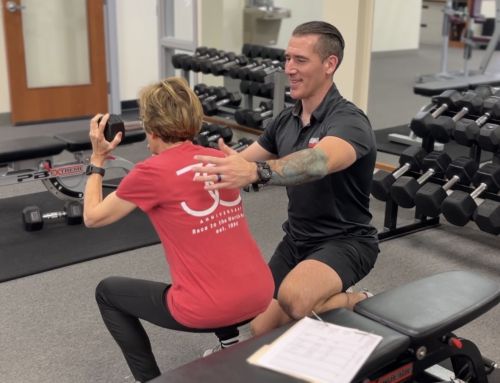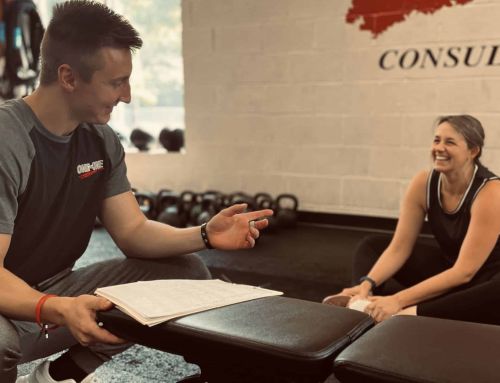By: The One on One Team
Last Updated: 9/14/2025
Mastering the Basics: Safe Progression for Kettlebell Training
Kettlebells are not just another piece of gym equipment. When used well, they train strength, endurance, and power in ways few other tools can. But the real benefits do not come from simply picking one up and swinging it around. They come from learning the fundamental movements with precision.
Dynamic lifts like swings, cleans, and snatches are at the heart of kettlebell training. They build explosive hips, a strong back, and incredible conditioning. Done right, they can transform the way you move and perform. Done poorly, they can quickly lead to frustration or injury.
And here is something important: not everyone needs to push toward the most advanced lifts. For the average person, intensity and results often come from mastering the basics. A simple kettlebell deadlift, done with great form and effort, can deliver huge benefits. Progression is not about rushing to the top. It is about finding the minimum effective step that gives you the maximum return.
That is why progression matters. Before you jump into advanced lifts, it is essential to master the basics step by step. The following progression will help you build the foundation you need to move confidently, stay safe, and get the most out of your kettlebell training.
Step 1: Kettlebell Deadlift
Every dynamic kettlebell exercise starts here. The kettlebell deadlift teaches you the hip hinge, which is the foundation for kettlebell swings. It builds glute and hamstring strength while helping you develop a strong core connection.
Focus on: Keeping your spine neutral, driving through your heels, and bracing your core as you stand tall. Your chest should point toward the floor at the bottom.
Avoid: Rounding your back or letting your knees dip forward.
Step 2: Single-Rep Kettlebell Swings
The start and finish of a swing are the riskiest moments. Practicing one rep at a time teaches you how to set up, hinge, and finish safely without fatigue clouding your form.
Focus on: Setting up with a flat back and feeling the load in your glutes. Snap your hips to drive the kettlebell forward, then let it fall naturally back between your legs.
Avoid: Using your arms to lift the kettlebell. It should come from hip power.
Step 3: Two-Arm Kettlebell Swings
Once you own single reps, you are ready for full sets. The two-arm swing is the foundation of all ballistic kettlebell training. It builds explosive power and burns a significant amount of calories.
Focus on: Strong endpoints, with glutes loaded at the bottom and abs and glutes braced at the top.
Avoid: Overextending your lower back at the top of the swing.
Step 4: One-Arm Kettlebell Swings
The one-arm swing adds instability, forcing your core to work harder to resist twisting. This builds even greater strength and control while preparing you for advanced lifts.
Focus on: Keeping your shoulders square and your core tight.
Avoid: Letting the kettlebell pull you sideways.
Step 5: One-Arm Kettlebell Clean
The clean takes the swing a step further, teaching you to guide the kettlebell smoothly into the rack position. This skill is the gateway to overhead presses, snatches, and other advanced lifts.
Focus on: Using your hips to drive the kettlebell, then “catching” it softly at your shoulder.
Avoid: Letting the kettlebell slam into your forearm. Redirect it smoothly.
The Takeaway
Mastering the kettlebell training progression builds strength, control, and confidence step by step. By respecting the process and nailing each stage, you dramatically reduce your risk of injury while unlocking the real benefits of kettlebell training.
And remember, you do not need to chase the most advanced lifts to see results. Even the simplest movement, done with great form and intensity, can be enough to make you stronger and healthier. Progression is not about moving as fast as possible. It is about doing the right amount of work to achieve the best possible outcome.
Want to learn these movements under the guidance of a certified trainer? Reach out today and we will help you progress safely and effectively.




